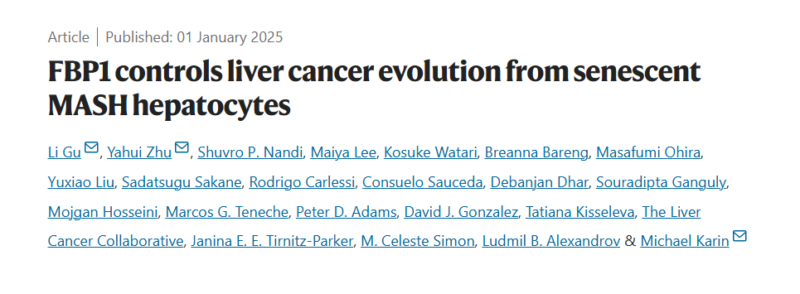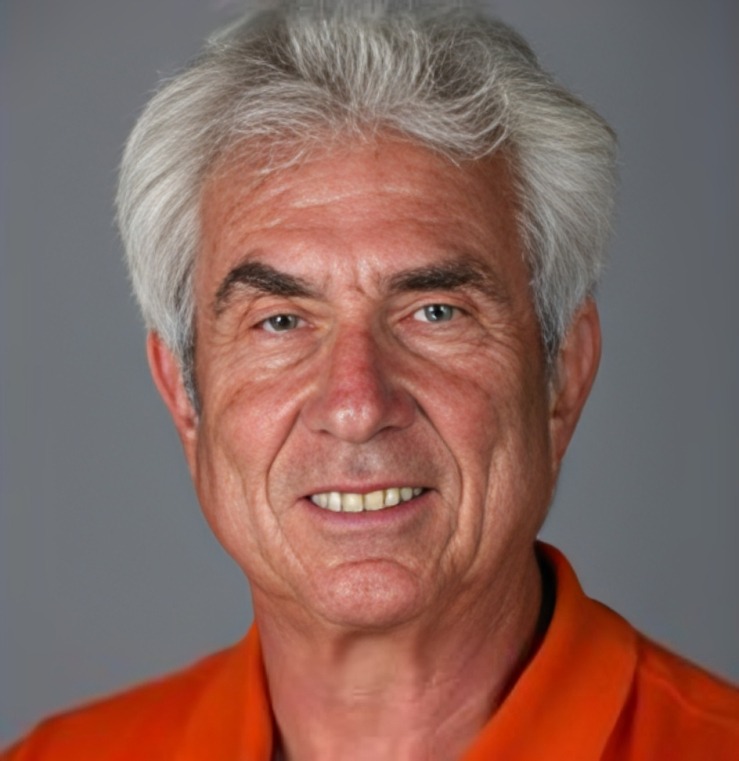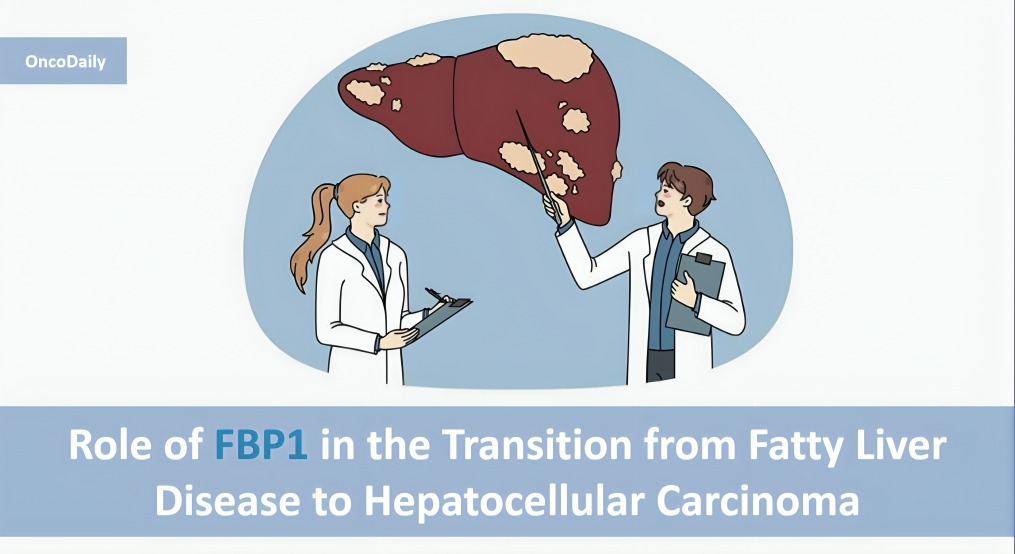A study published in Nature uncovered a complex connection between cellular metabolism and DNA damage, showing how fatty liver disease progresses to liver cancer.
This study highlights the function of fructose-1,6-bisphosphatase 1 (FBP1) as a potential tumor suppressor.
FBP1 controls liver cancer evolution from senescent MASH hepatocytes
Authors: Li Gu et al.

This research has shed light on this process by identifying an enzyme called fructose-1,6-bisphosphatase 1 (FBP1) as a key player. FBP1 is normally elevated in liver cells that are undergoing senescence due to MASH, but in most cases of human HCC, it is suppressed. This suppression occurs because of changes in the DNA that silence the FBP1 gene and through its degradation by cellular machinery.Interestingly, FBP1 levels drop early in liver cells that are under metabolic stress, which can lead to cancer.
“Going from fatty liver disease to MASH to liver cancer is a very common scenario, and the consequences can be deadly. When you have MASH, you either end up destroying your liver and then you need a new liver, or you progress to frequently fatal liver cancer, but we still don’t understand what’s happening at the subcellular level during this process.” – said Michael Karin, Ph.D., Professor of Department of Pharmacology at UC San Diego School of Medicine
This decline coincides with the activation of two important proteins: AKT and NRF2. These proteins help promote the breakdown of both FBP1 and p53, further encouraging the growth and metabolic activity of liver cells that were previously senescent.
“Comprehensive genomic analyses of tumor DNA indicate that they originate from liver cells damaged by MASH, emphasizing a direct link between diet-induced DNA damage and the development of cancer,” added study co-author Ludmil Alexandrov, Ph.D., associate professor of cellular and molecular medicine and bioengineering at UC San Diego and member of UC San Diego Moores Cancer Center.

The interplay between NRF2, FBP1, AKT, and p53 creates a “metabolic switch” that not only helps these cells grow but also leads to an increase in DNA mutations – changes that are necessary for the progression from MASH to HCC.In summary, these findings highlight the role of FBP1 as a potential tumor suppressor in liver cancer and suggest that targeting this enzyme could be a promising strategy for treating HCC.
“We know that aging increases the risk of virtually all cancers and that aging is associated with cellular senescence, but this introduces a paradox since senescence is supposed to guard against cancer. This study helps reveal the underlying molecular biology that allows cells to re-enter the cell cycle after undergoing senescence, and we believe that similar mechanisms could be acting in a wide range of cancers.” – said Michael Karin

